Email, as a marketing tool, has been around for more than 25 years. In all that time you’d think creating emails would have become easier and more time-efficient. But it hasn’t. It’s defined by people performing specialized roles, using single-purpose tools, and separated from each other. Today, email creation teams operate in silos using stand-alone mechanisms. The information flows between each member via non-synchronous, often offline communications. This process results in it taking days, and often weeks, to create a single email, and even then there are horror stories when it all goes wrong. Along with taking too much time, the typical creation process costs too much, and that’s not the exception—it’s pervasive. Plus, it’s meant time to create emails is split between 90% creation and 10% strategy-focused time. The missing element is collaboration—from the email brief to email deployment. With collaboration integral to email creation, teams can act simultaneously, get feedback instantly, and all involved have visibility into the process.
This post explains how to empower your team to create better emails faster with the capabilities of a collaborative Email Creation Platform.
Everyone can be an email creator
Email creation today is little more than an analog-to-digital adaptation of the way direct mail pieces were produced decades ago. From inception of the idea for an email to the finished piece, discrete assets are trafficked from one point, one person, to another. Should you need to correct something, the draft is trafficked back to be fixed by the appropriate specialist. This is obviously an inefficient and costly way to create emails. What’s more, it clearly limits what’s possible with email marketing programs because teams spend more time and money creating them than strategizing how they ought to prompt subscribers to take action.
Email creation is complex, highly technical, and limits collaboration
Why is email creation that way? Because that’s how it’s always been. As a result, those who identified the need for an email and who are most clear about what the message should be are often not central to its creation. They also don’t have visibility into the process to ensure all goes as envisioned. The same is true for those responsible for design, branding, and regulatory compliance.
A collaborative email creation platform can help
With an email creation platform, marketers don’t have to stop when they hand off the email brief to designers. Not only can they stay involved, they can actually create the email—without the involvement of HTML-code-savvy developers. And those caring about compliance can rest assured because every email created with that platform will adhere to all requirements due to preconfigured guardrails.
It’s all possible with a collaborative email creation platform. It allows everyone to be an email creator because it removes the requirement of knowing how to code HTML out of the equation for most email needs. By moving the creation process upstream with the needed guardrails in place, marketing organizations become far more agile. They’re better able to create a higher volume of emails and do so at a lower cost per email created. Plus, they now have the time to do invaluable A/B testing.
A marketing organization’s collaboration kumbaya moment
An email creation platform removes the barriers to smooth, certain, effective email creation. Like a kumbaya moment—it brings together everyone involved in a highly collaborative and productive manner. To explain, let’s step through how an email is created on a collaborative email creation platform.

Step 1: A marketer shares an email brief with a designer and copywriter. This trio works out all elements of the email, including the headline, hero image, body copy, and CTA plus any footer content. If there’s anything off the mark, they can address it right then to avoid any delay.
Step 2: Next comes review and approvals. Instead of searching through seemingly endless email threads to see the latest version of an email needing approval, brand or legal approvers simply see the right version of the email on the platform and offer approval or comments. The review happens in real time because they’re part of this collaborative process. The preconfigured guardrails set by their company’s marketing operations ensure everything will be correct in terms of color palette, font size and type, and all compliance requirements. That process makes review and approval quick and easy.
Step 3: QA comes next, and it’s quick and easy, too. The email creation platform won’t break code, significantly reducing the need for rendering testing. Once approval and QA are handled, an API allows the email to be pushed to an ESP, where it is readied for distribution.
The benefits of an email creation platform
More than just bringing people together to collaborate, an email creation platform:
- Simplifies email creation by automating much of it, reducing the number of steps, touchpoints, and touches to make an email ready to be deployed.
- Democratizes email creation by shifting it from the control of a handful of specialists—designers, copywriters, developers, and others—to all authorized email requesters.
- Cuts the time to create emails from weeks or days to hours without lessening quality or performance.
- Increases email volume by as much as 10X because the creation process is simpler, faster, and less prone to error and revision.
- Reduces the cost per email created as much as 80% by requiring fewer personnel to be involved, particularly those with technical skills.
How collaborative email creation can work
Problem
The marketing team at a financial services company got lots of things done quickly and effectively. Creating emails wasn’t one of them, however. There was no developer was on staff and no one had coding skills.
Emails were pieced together using templates in their MAP. The output wasn’t creative or dynamic. Quality was lacking and they couldn’t bring their email vision to life due to their lack of coding know-how. Beyond that, it took three to four weeks to get a single email out the door.
Solution
The team opted for an email creation platform designed for marketers, not developers. It let non-technical people have hands-on management of the entire email creation process—from building with a native drag-and-drop editor and curated image library to moving it to their MAP.
“The platform turned email design from torture to fun!”
Built-in, preconfigurable guardrails for brand guidelines, accessibility checks, and internal reviews made it possible. The platform also allowed reviewers and approvers to collaborate seamlessly, further simplifying and speeding the overall creation process. Plus, the platform included link checking capabilities.
Results
A major aim of using the email creation platform was to cut the time to create emails. Before the platform, creation time was three to four weeks. With it, the marketing team was producing emails in three to four hours, reducing creation time by 97.5%.
“With our email creation platform, it takes less time to build better emails.”
Before implementing the platform, the click-through rate (CTR) for emails the team created averaged 9.8%. Now, besides being able to provide requesters a link to the intended content, creators could add other links to content based on their indicated interests. This improvement yielded a 2.5x increase in CTRs, rising to 28.5%.
What to look for in a collaborative email creation platform
To maximize the potential for collaboration in email creation, here are the features to look for in an email creation platform:
- Drag-and-drop, no-code functions
- Modules and templates
- Brand and compliance guardrails
- Integrated content sources
- Review and approval features
- Email export services
- Automatic link validation and tracking parameters
- User role optimization
- Custom elements
Drag-and-drop, no-code functions
Seek out an email creation platform that offers a combination of no-code, drag-and-drop functionality plus code-once custom elements. This feature removes the need to deal with the complexities of the most common email creation approaches or the idiosyncrasies of HTML. The platform puts it all behind the scenes. Email creators don’t have to worry about breaking any code or being slowed down by having to do rendering testing. And developers are freed up to work on only the most complex campaigns.
Modules and templates
Modules and templates are the wire frames of an email. It’s where email creators can choose the layout and enter copy into each content area without having to build a new HTML file each time they want to create an email. Modules offer a bit more creative flexibility and templates, because they’re more set, offer greater time savings. Both have the advantage of being reusable.
Brand and compliance guardrails
These guardrails allow admins responsible for email creation activities to define specific brand guidelines for elements like fonts, formatting, color palettes, and even character or line counts, all of which prevent email creators from going off the rails as they enter content.
A collaborative email creation platform will enable the setting of these guardrails in a way that enforces brand standards along with regulatory and compliance rules. By setting these rules at an admin level, every email created will be on-brand, automatically, regardless of who’s creating it.
Integrated content sources
An email creation platform should integrate with a company’s existing marketing technology stack, including digital asset management platforms (DAMs). This integration lets email creators easily access preapproved brand logos, images, and creative assets. By integrating content sources, email creators can pull approved content from existing sources without having to leave the platform.
A collaborative platform should let marketing operations set advanced permissions around creative assets. Doing so ensures email creators only choose from logos for the logo spot, head shots for the head shot spot, and so on. Marketing emails will remain consistently on-brand when email creators can only choose from preapproved imagery and logos.
Review and approval features
Any email creation platform should come with native functionality for commenting and approvals. That process lets email creators collect comments and approvals in a single, collaborative work environment accessible to all stakeholders. By streamlining reviews in the most effective way possible, an email creation platform brings reviews and approvals inside the creation process, removing the need for lengthy, inefficient email threads and multiple chat conversations. Reflective of the collaborative nature of an email creation platform, stakeholders can make and react to comments in real time in the platform.
Email export services
An email creation platform must be able to integrate with any ESP or MAP. This integration allows finished HTML assets to be passed via a secure API connection directly to the deployment platform, eliminating the need to download and re-upload finished files to the ESP or MAP, saving even more time.
Automatic link validation and tracking parameters
An email creation platform should also be able to automatically detect any missing, broken, or malformed links within an email—either by alerting the email creator or by preventing the email from being completed without required links. It should also ensure every link within the email has proper tracking parameters added to effectively measure and track email performance. In a collaborative email creation platform, tracking parameters like Google Analytics or Adobe Analytics can be automatically configured or chosen by the email creator from preset choices, eliminating any downstream data issues. The platform even supports element-level parameters like attaching something different if the link is an image, a headline, or a CTA button.
User role optimization
An email creation platform democratizes the email creation process by giving email creators of all abilities the chance to create quality, on-brand, successful emails. There are still governing rules in a democracy, however. In this case, that means everyone does not have access to every configuration option. User role optimization levers in an email creation platform allow admins to set permissions for various email creators, limiting what actions various team members can take.
By empowering email creators to be self-serve-oriented, user role optimization features give distributed teams the ability to create brand-safe emails, turning everyone into an expert-level pro, no matter where they’re located.
Custom elements
Most email creation needs can be met without coding or design skills. Sometimes more complex campaigns require the ability to customize, however. An email creation platform that offers custom elements gives email creators the ability to create their own HTML and CSS code and embed it with established guardrails for brand and compliance rules. The result is the flexibility to build complex and unique modules, according to design needs, while enforcing brand guidelines for email creators. One example of what custom elements can do is have content stack differently on mobile devices than on desktops.
If you want to see how the Stensul Email Creation Platform can elevate your email marketing programs, please request a demo.




